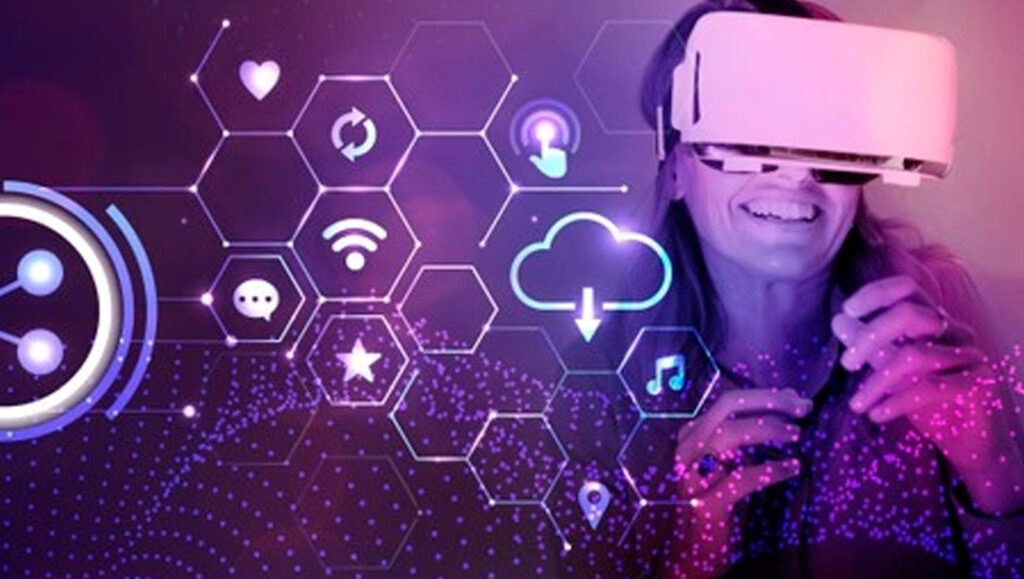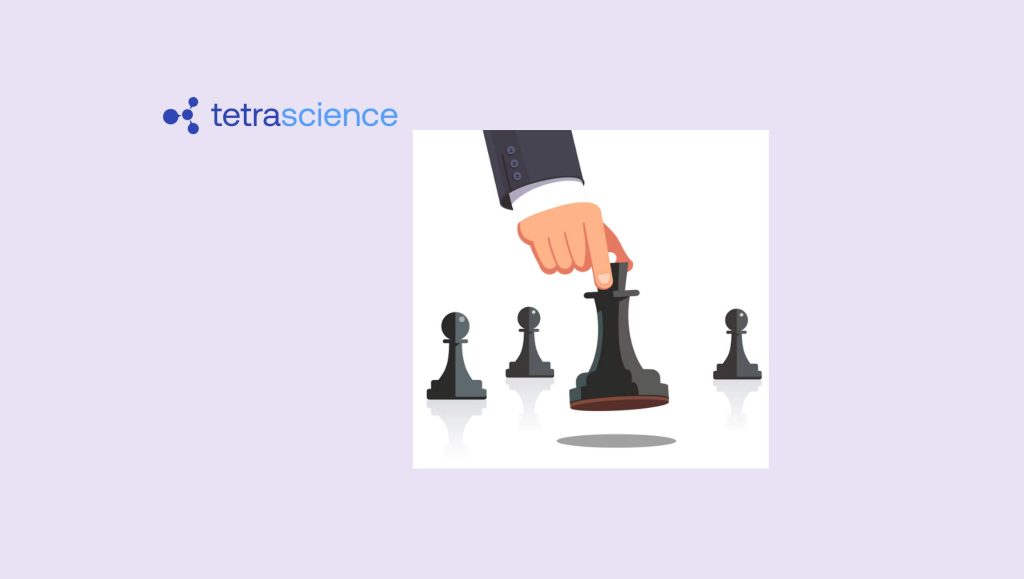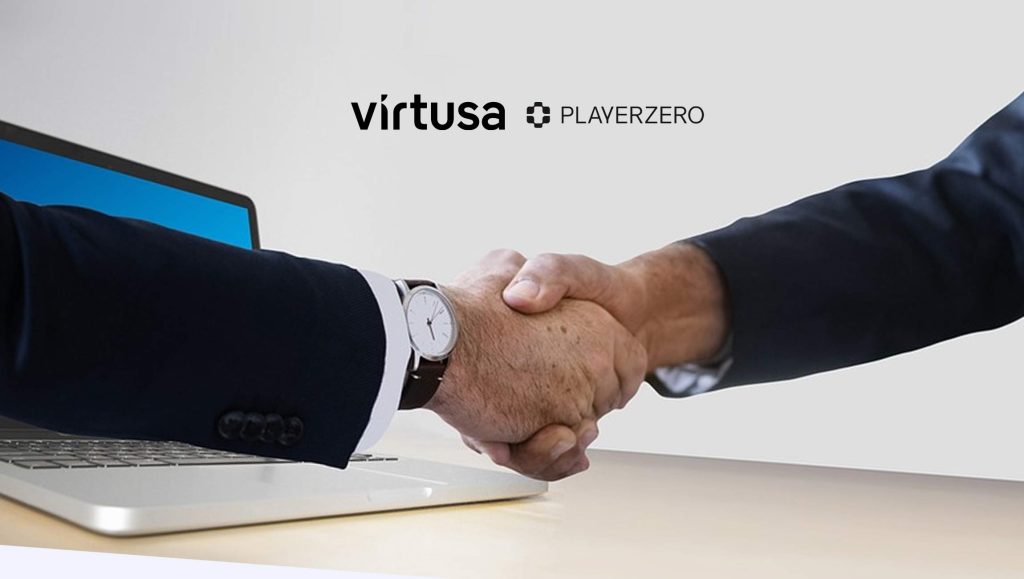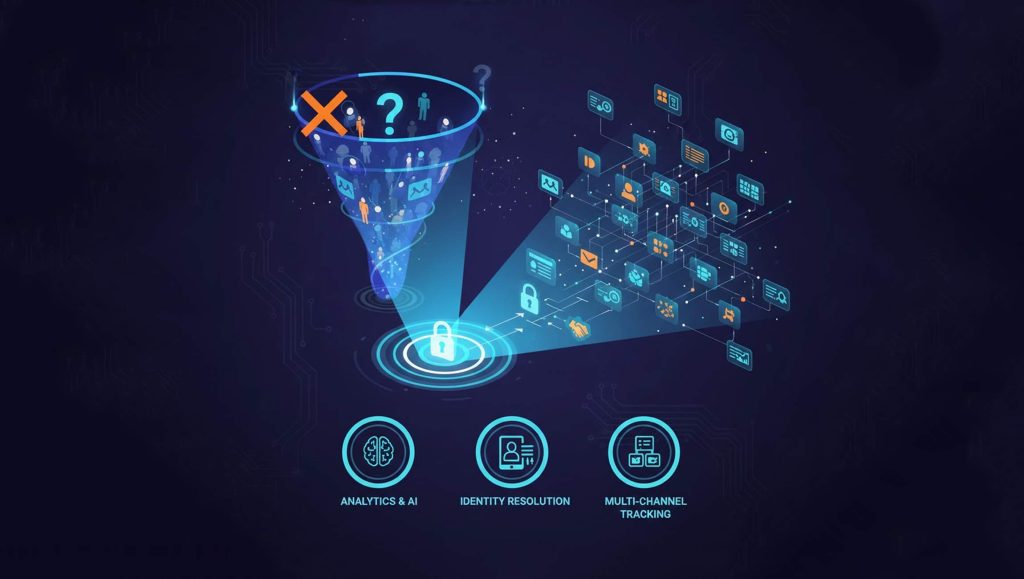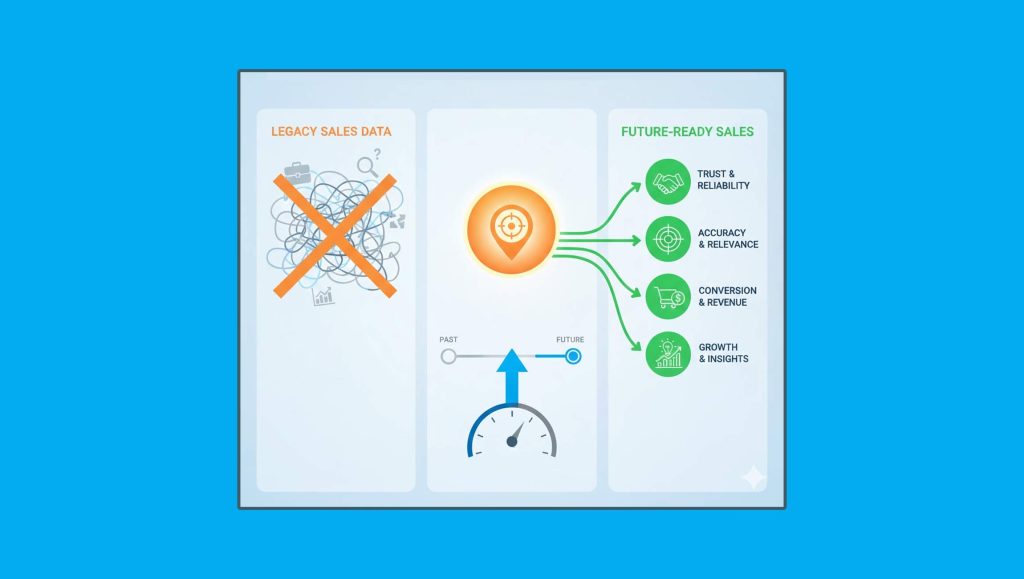The pace at which Augmented Reality is growing, it is not surprising to know that the industry will cross the mark of $97.7 billion by 2028.
Although covid-19 pandemic slowed down many businesses, it accelerated investments in AR and AI, which was backed by the need of companies to deepen their relationships with customers. Every business was hunting for some or the other technology to remain competitive amidst the break-neck competition.
Limiting our discussions to marketing along with offering the best customer experiences, augmented reality (AR) offers immersive experiences to customers and helps create memorable moments with the brand.
Read More: Vistex Achieves POI Best-In-Class 2021: Foodservice, HQ Planning And Dashboards
The following brands created some incredible AR-based experiences in recent times:
1. Ikea
Imagine you went to a furniture store like Ikea and you love a sofa set, but you are wondering how this sofa would fit in your living room? You can now check to see how the piece of furniture would look like in your space, before making the purchase.
Recently Ikea’s design lab, Space10, revamped the brand’s AR offering to create a more immersive experience for users.
Earlier the Ikea app allowed users to place a piece of furniture in their space, now leveraging the LiDAR sensors, the latest version of Ikea App enables users to capture their room in 3D and re-design them in detail, covering everything from walls, windows, rugs, carpets and so on.
2. Asos – See my fit
Asos has been in the top list of mobile innovations and yet again, it has made a mark in leveraging the power of AR only to make the user experience more functional, immersive and interesting. The company has fully got on board with AR and it has successfully launched an AR feature known as Virtual Catwalk. The AR feature is designed to help users visualize the brand’s 100+ designer products.
The technology was very useful during the pandemic when everyone including designers were working from home. They scaled up the decision to convert it into “See My Fit” that utilizes AR to digitally see the clothes fitting models.
3. Burberry
As the covid-19 pandemic has become something businesses and people are learning to deal with, brands want to attract their customers again with new technologies and features. Burberry is one such example, which recently launched a pop-up AR studio in Harrods to incorporate the launch of its Olympia bag.
Users can scan the QR code to watch an Elphis statue walk around town, take photos with friends and other companions.
Although, this is nothing new and various brands have been doing this, but this definitely adds a tangy spice to the mundane shopping experience.
4. Amazon – Immersive hair coloring options
Amazon Salon, was initiated to try their retail technology. Customers reach the store, point their phone at any product and all the information about the product will be displayed on their screens.
The adventure didn’t stop here. Customers at the Amazon retail store can also experiment with various hair color options using the AR technology and see how their hair will look like.
5. Gucci
Why do brands invest in augmented reality? Of course, they want to enhance the in-store customer experiences.
In the pursuit, Gucci became one of the first luxury brands to bring AR to its stores. The Gucci App offers an AR feature called ‘try on’ sneakers, which has become a highly functional example of AR in retail. The feature provides the customers a visual representation of how the product will look in real life. Technically, this feature can reduce returns, improve revenue and increase customer satisfaction.
Adding to this, Gucci recently released a virtual sneaker that was to be purchased and worn online.
6. Wayfair
Wayfair, another popular furniture giant, released its “view in room” app to help its customers place the furniture and see how the pieces look in real. The brand also combined LiDAR technology in order to enhance the utility and increase shopping delight for consumers.
Besides LiDAR, Wayfair has also added a ReallyKit to add an authentic and realistic view. For example, customers can view the products in accurate light in real time. The latest version also facilitates the users to stack products one over the other to compare two different products at the same time, improving the shopping experience further.
Despite the many advantages of augmented reality in retail, many sales people and marketers and CMOs are still inattentive to it. On the other hand, brands that already adopted to this new trend have their results at hand. AR, undoubtedly, offers unique and immersive ways to reach out to the audience and enhance their end user experience.
Read More: SalesTechStar Interview With Rachel Obstler, Head Of Product At Heap


